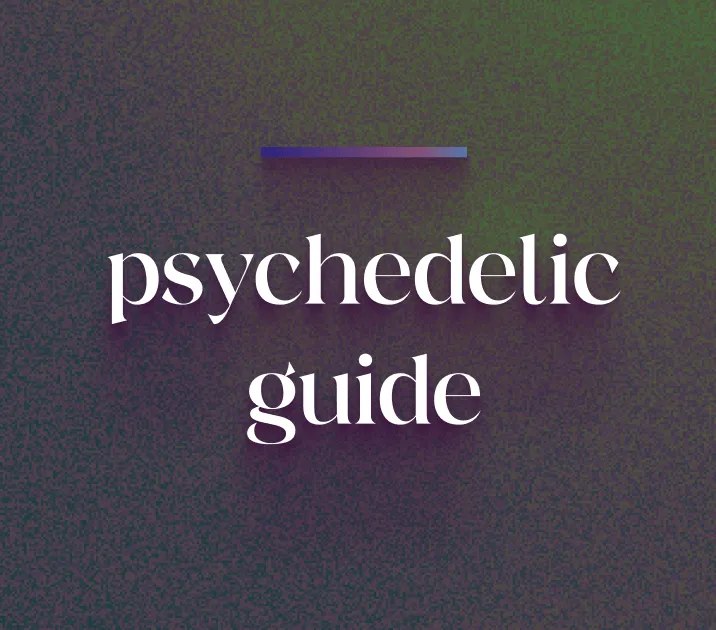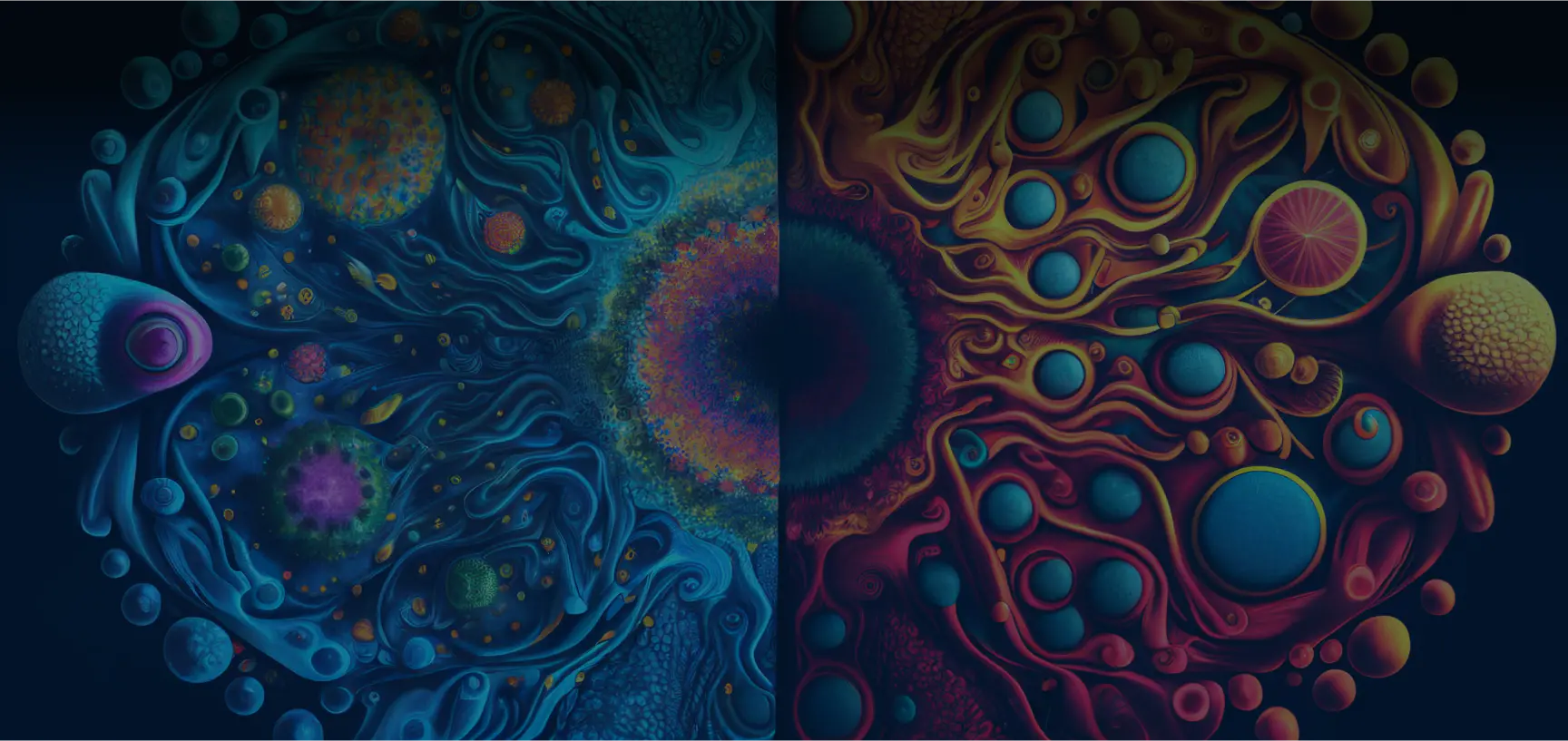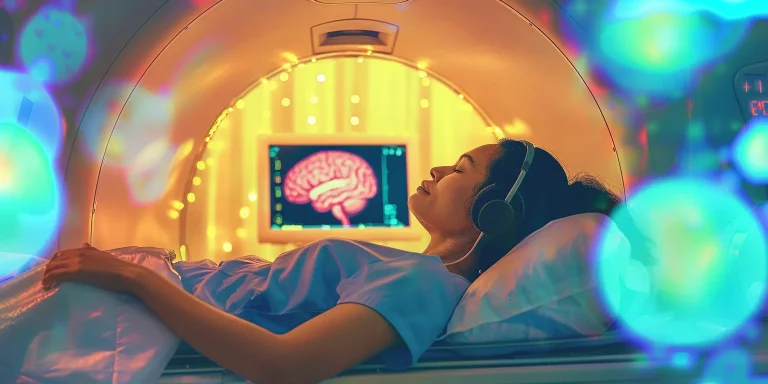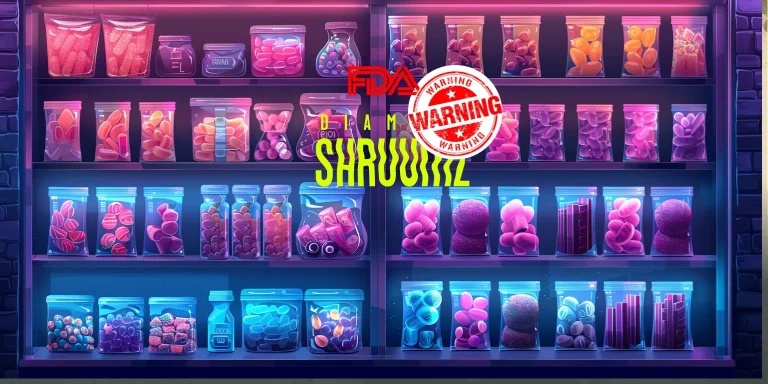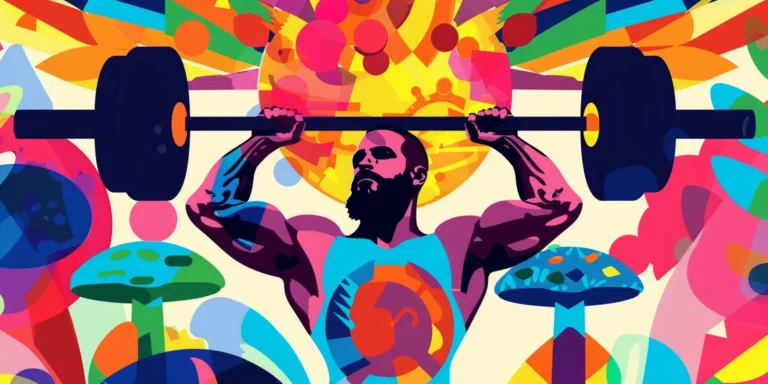In the bustling corridors of the University of Colorado, Boulder, amidst a vibrant crowd of aspiring scholars, Emma, a graduate student studying neuropsychology, has chosen a unique but fast-growing field: psychedelics.
Inspired by past visionaries such as Albert Hoffman and Stanislav Grof, as well as modern-day leaders Dr. Robin Carhart-Harris and Dr. James Fadiman, Emma hopes that one day, substances like LSD could become the heart of a revolutionary approach to psychiatric care.
According to Emma, her interest in psychedelics began when she learned about early research into LSD as a potential treatment for alcohol use disorder (AUD). From there, she became interested in using LSD to boost her creativity and cognition. Eventually, this led her to try microdosing.
Put simply, microdosing is the practice of taking very small doses of psychedelics, such as LSD, in the hopes of reaping certain benefits.
Keep Up with Psychedelic Trends
Don’t miss the latest psychedelic news, events, companies, and more.
We respect and protect your privacy. By subscribing your info will be subject to our privacy policy. Unsubscribe easily at any time
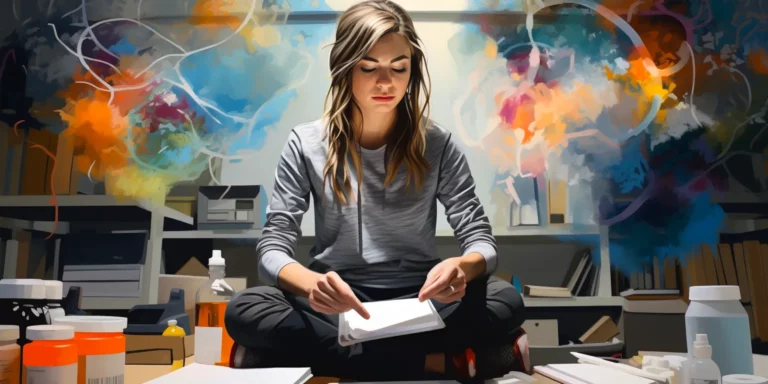
“I was immediately fascinated by the potential of these substances,” Emma recalls. “So, the first piece of research that caught my eye was the classic studies by Dr. Albert Hofmann, the Swiss scientist who first synthesized and experienced LSD. His work kind of laid the foundation for all the psychedelic research that followed.”
From there, Emma became familiar with the work of psychedelic leaders like Stanislav Grof and the wealth of research performed throughout the ‘60s and ’70s.
More recently, Emma has been closely following the research from institutions like Johns Hopkins University and Imperial College London.
Emma says these universities are “doing some groundbreaking work on psychedelics.”
Adding, “The research by Dr. Robin Carhart-Harris at Imperial College London is super interesting. He’s been looking at how psychedelics like LSD affect the brain and how they might be used to treat depression and anxiety. It’s pretty cool because they’re using modern neuroimaging techniques to actually see what’s happening in the brain during a psychedelic experience. As a student, psychedelics have to be one of the most interesting fields of study out there. You get to see how the research is evolving in real-time, but we also get to watch how everyday people are starting to understand the potential.”
As mentioned above, Emma is an avid microdosing enthusiast.
Keep Up with Psychedelic Trends
Don’t miss the latest psychedelic news, events, companies, and more.
We respect and protect your privacy. By subscribing your info will be subject to our privacy policy. Unsubscribe easily at any time
As she puts it, “There are these small-scale studies suggesting that taking tiny doses of LSD—way smaller than what you’d use for a full-blown trip—might improve creativity, mood, and even problem-solving abilities. It’s still early days in this research area, but it’s super promising and definitely played a big role in my decision to try microdosing myself.” While Emma may be excited about the possible benefits of microdosing, the science is still somewhat mixed. Some studies have shown that microdosing can effectively boost creativity and concentration, while others attribute much to the placebo effect. (1, 2)
Emma says she started microdosing two years ago as a way to enhance her creativity and focus, but also as a sort of “self-experimentation.”
“One thing you need to know about me is that I don’t like risk,” she says. “So when I started learning more about LSD, especially microdosing, I wanted to know if this worked or if it was all placebo. I did a bunch of research on different protocols and decided to go with the most common one, often referred to as the Fadiman protocol, named after Dr. James Fadiman.”
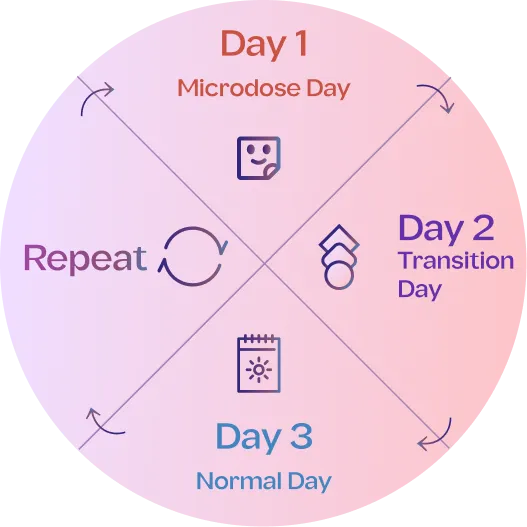
The Fadiman Protocol is one of several popular techniques that involves taking minuscule doses of substances like LSD or psilocybin in regular intervals. Emma describes it as follows, “Basically, the protocol involves taking a very small dose of LSD every three days. So, on Day 1, I take the microdose, and then I have two days off – those are like my observation days where I notice any changes in mood, cognition, or creativity without taking any more of the substance. This pattern helps me avoid building up a tolerance and also gives me a clear picture of how microdosing is affecting me.”
Emma says one of the most important factors is the dose itself.
“It’s super tiny, usually around ten micrograms, which is about a tenth or even a twentieth of what you’d take for a full psychedelic experience,” she says. “The idea is not to have any hallucinogenic effects but just to see if there are subtle shifts in my daily functioning. I’m really precise with the dosing because it’s crucial to get it right for microdosing. When I first started, I tried using 20 micrograms (mcg) [of LSD]. This was way too much. I’m small, like really small. So for me, I would have these actual psychedelic experiences on a dose like that, and it’s not something that’s conducive to sitting in a classroom all day.”
Eventually, Emma was able to get her dose dialed in. That’s when she says she started to develop a very strict regime that included journaling and keeping a precise log of her dosing times, frequency, and effects. She says, “Besides the dosing schedule, I keep a journal to track my experiences. I jot down any changes in my mood, energy levels, creative output, social interactions, and even my dreams. It helps me to see any patterns or changes over time.”
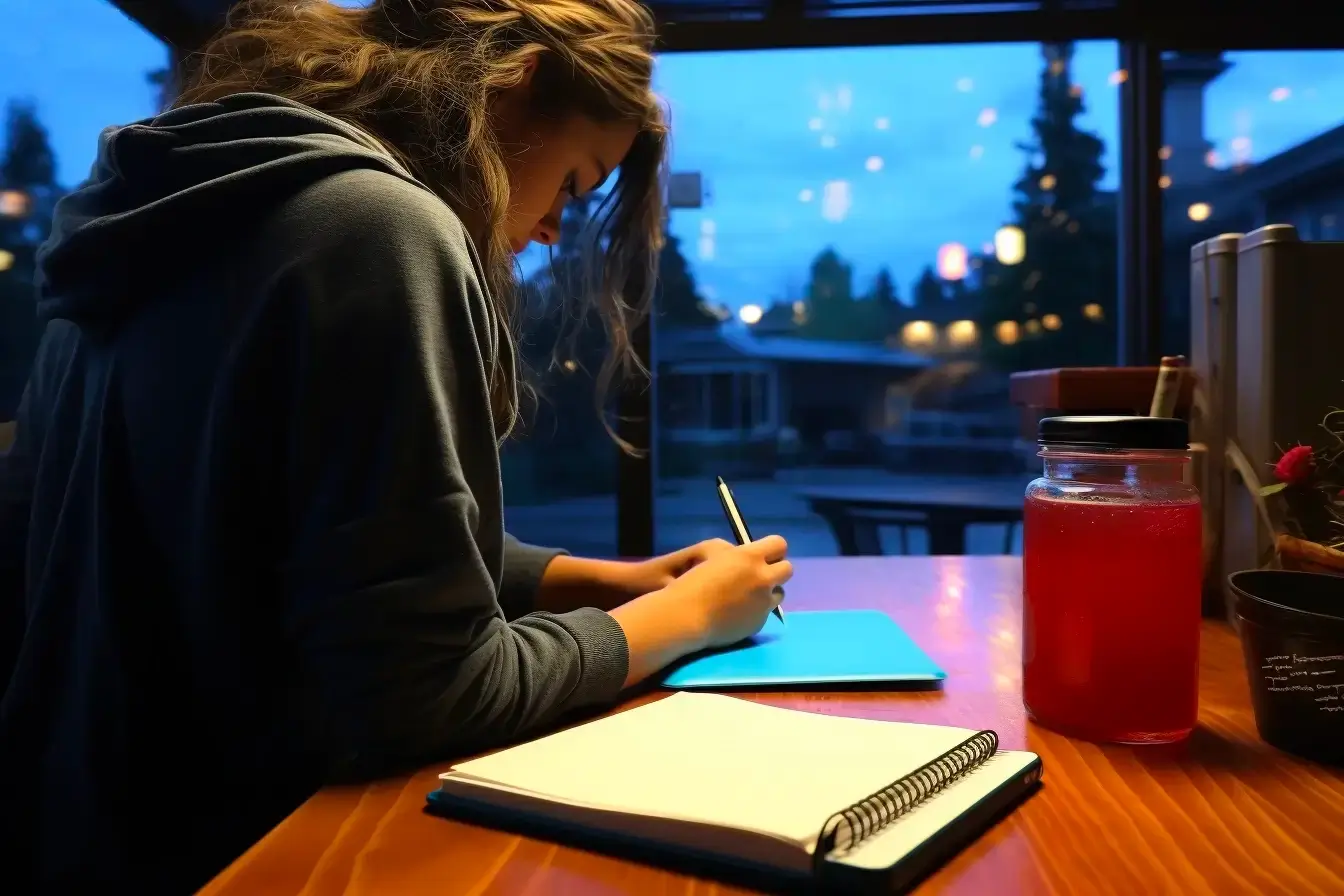
Psychedelics, like any psychoactive drugs, do come with some risks, something that Emma is very aware of.
“Safety is a big concern,” she says. “I make sure to stay informed about the health aspects of using LSD, even in such small quantities. There’s still a lot we don’t know about long-term effects, so I’m constantly checking in with myself and the latest research to make sure I’m being as safe and responsible as possible. One thing I have to worry about is the impact of long-term LSD use on the heart. Heart problems run in my family, and I have a very slight heart palpitation, so I’m really, really, careful.” Emma offers that part of using psychedelics responsibly and smartly comes down to being disciplined. Saying, “It’s a combination of sticking to a well-established dosing schedule, being meticulous about the amount, and closely monitoring the effects on myself.”
Reaping The Benefits of Microdosing LSD
When asked if she had experienced any benefits, Emma had a laundry list of things she believes she’s felt since starting her journey with LSD. Saying, “Since I started microdosing, I’ve noticed a few interesting changes. Remember, it’s super subjective and can vary a lot from person to person, but here’s what I’ve experienced.”
Emma’s List of Ways She Says She’s Benefited From Microdosing LSD:
Boost in Creativity:
“This was one of the main reasons I started microdosing, and I definitely feel like it’s made a difference. I find myself thinking more outside the box, especially in my psychology classes and when I’m writing papers. Ideas seem to flow more easily, and I’m making connections I might not have made before.”
Improved Mood and Emotional Balance:
“I’ve noticed a general uplift in my mood on the days I microdose and even sometimes on the days after. It’s like a sense of well-being, nothing overwhelming. Also, I feel a bit more emotionally balanced, like I’m better at handling stress and not getting as anxious about things as I might have before.”
Increased Energy and Focus:
“On microdosing days, there’s this slight increase in energy. It’s not like a caffeine buzz or anything, but more of a steady, sustained energy level. I also find that I can focus better on my studies and get into the ‘zone’ more easily.”
Enhanced Social Interactions:
“This one was a bit unexpected, but I feel more at ease in social situations. I’m usually a bit on the introverted side, but I’ve found myself being more open and engaging more effortlessly with friends and classmates.”
Altered Sensory Perception:
“Not in a trippy way, but colors might seem a bit brighter, music more immersive, and tastes and smells a little more intense. It’s subtle but definitely noticeable.”
While Emma may be reaping the benefits of microdosing, it’s critical to understand that this will not be the case for everyone. Psychedelics, even low-dose use like microdosing, is highly subjective. Everyone will experience things slightly differently, and some people may not feel much of anything at all.
As Emma explains, “Not everyone who microdoses gets the same benefits. Also, I’m always conscious of the placebo effect, as just the act of taking something with the expectation of benefit can sometimes create a perceived effect. So, I try to keep a skeptical and analytical approach to it.”
As mentioned, for Emma, one of the most interesting and unlooked-for impacts LSD had was on her sociability. Emma says that she is rarely the person to start a conversation, especially in a new setting. However, she feels that LSD has helped her become much more social, saying, “At a party, or going out with new friends, I usually would have been pretty quiet, but I found myself chatting more freely, making jokes, and just generally being more sociable.” Still, she stresses that this is not a massive change; instead, Emma believes the effects are subtle and something that builds over time. She offers, “It’s not like taking a microdose suddenly turns me into a different person, but it sort of gently nudges my usual social tendencies in a more positive direction, at least from my perspective.”
The Side Effects of Microdosing LSD
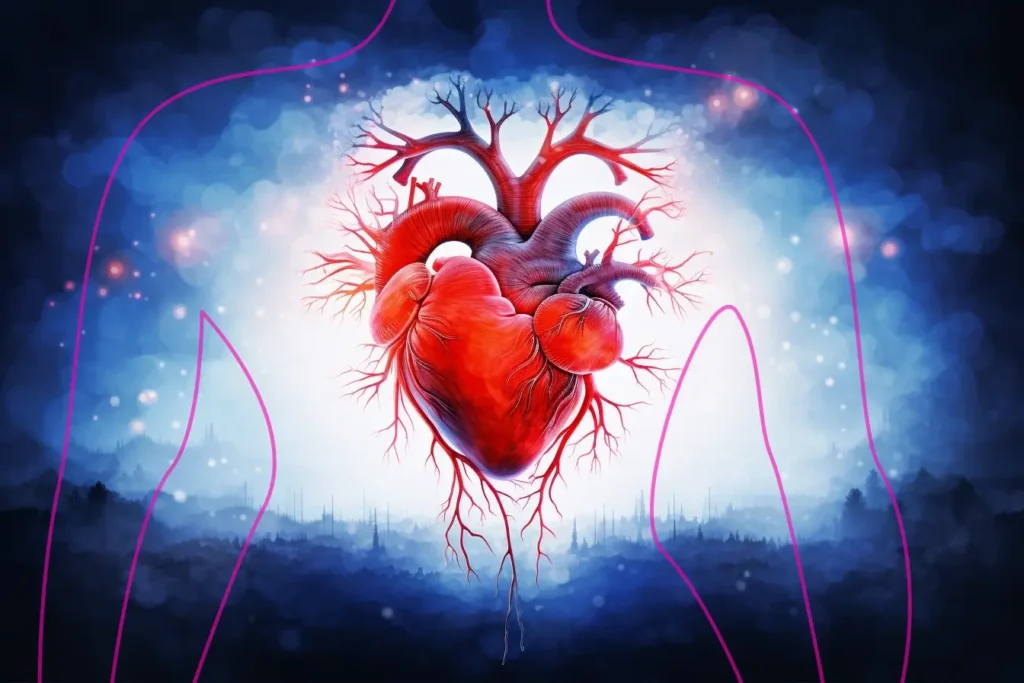
As with any powerful psychoactive substance, LSD can also have negative side effects, even at low doses. Emma says she is particularly sensitive to LSD’s stimulating effects, saying, “I have to be very careful with my dose. Having some heart problems excludes me from taking macro-doses (a large or normal dose of LSD) because my heart will start pounding. Or sometimes it will feel like my palpitation has gotten worse.”
Emma is very cognizant of the fact that for most medical professionals, having heart palpitations would contraindicate taking LSD. However, she feels that she can safely microdose as long as she maintains her strict dosing regime.
“It’s not something I would take a heroic dose of for a lot of reasons,” she says. “But mainly, I am concerned about my heart. I want to make sure I am approaching this in a very strict, controlled way. You have to be intentional.”
Some Other Negative Side Effects Emma Says She’s Experienced:
Trouble Sleeping:
“On a few occasions, especially if I microdosed later in the day, I found it harder to fall asleep. My mind was more active than usual, making it tough to wind down.”
Overstimulation:
“There were times when I felt a bit too stimulated, like when you have too much caffeine. It wasn’t extreme, but I did feel a bit jittery and restless. On those days, I tried to channel that energy into physical activity like running, which seemed to balance things out.”
Heightened Emotional Sensitivity:
“On a couple of occasions, I was more emotionally sensitive than usual. Like, things that wouldn’t normally bother me much would suddenly feel more intense. When this happened, I found it helpful to engage in some mindfulness practices and remind myself that it was likely an effect of the microdose.”
Mild Headaches:
“I experienced mild headaches a few times, which might have been related to the microdosing. They weren’t severe, but definitely noticeable. I made sure to stay hydrated and took some over-the-counter pain relief, which seemed to do the trick.”
Emma believes the key to managing the negative effects is mindfulness, preparation, and following a strict dosing regime.
“I keep close track of any changes in my journal,” she says. “And if something feels off, I adjust my dose or take a break for a while.”
Overall, she says her side effects were relatively minor and that she could adjust her regime to handle them. She believes that side effects are important reminders that microdosing is a form of self-experimentation and that it’s important to acknowledge potential risks and weigh those with possible benefits.
When asked what she would say to others who may be thinking of microdosing LSD, she says, “First up, it’s super important to do your homework on it. Like, really dive into the research to understand both the cool stuff and the risks. And speaking of risks, remember that stuff like LSD is illegal in a lot of places, so there are legal and safety issues to think about. When you’re starting out, go slow and start with a really low dose. You’re not supposed to feel any major effects, so if you do, it might be too much. And while you’re at it, listen to your body. If something feels off, don’t ignore it. Adjust your dose or take a break if you need to. Also, think about why you want to microdose. Is it to boost your creativity, improve your mood, or something else? Having clear intentions can really shape your experience. And I can’t stress enough how helpful journaling is. It’s been a game-changer for me in keeping track of the effects and staying mindful.”

Emma’s exploration of microdosing LSD represents more than curiosity. She, like so many people of her generation, is trying to understand themselves, the human mind, and how all of this is interconnected. As her academic journey reaches its conclusion, Emma hopes that she will one day be able to unlock the real secrets of LSD and other psychedelics’ impacts on the human brain. The horizon appears bright for Emma and all of the other young, smart psychedelic enthusiasts and future researchers. We hope that she can one day lend her amazing mind to psychedelic medicine and its part in the future of humanity.
Sources

1. Mason, N. L., Kuypers, K. P. C., Reckweg, J. T., Müller, F., Tse, D. H. Y., Da Rios, B., Toennes, S. W., Stiers, P., Feilding, A., & Ramaekers, J. G. (2021). Spontaneous and deliberate creative cognition during and after psilocybin exposure. Translational Psychiatry, 11(1), 1–13. https://doi.org/10.1038/s41398-021-01335-5
2. Staff, T. P.-F. C. (2022, April 7). Is Microdosing Just Placebo? Bill of Health. https://blog.petrieflom.law.harvard.edu/2022/04/07/is-microdosing-just-placebo/
This material is not intended as a replacement or substitute for any legal or medical advice. Always consult a medical professional about your health needs. Psychedelics are widely illegal in the United States, and readers should always be informed about local, state, and federal regulations regarding psychedelics or other drugs.

 David Connell
David Connell